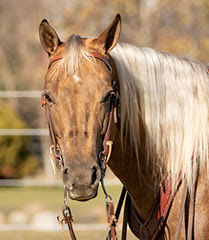We made it out onto the water to kayak one last time this season. It marks our fifth float this year. One less than last year. I normally don't track activities, but wanted to remind myself that we are indeed kayaking enough to have warrant purchasing.
Kayaking is an activity we both enjoy. I am able to continue, thanks to my husband who does most of the heavy lifting and lends me a hand when needed. Kayaks are a much better water vessel choice for us than a Pontoon Boat. We seriously considered getting one more than once in our lifetime. The logistics do not make sense.
On a warm October 18th, we stopped the endless chore list to pause. As we headed out on the water at our favorite spot, it was easy to see the mirror part of Mirror Lake was back!
Ohhh how I love floating into fall!!
We shared the water heading out with one lone kayaking guy. He was far behind me, but I could hear his conversation clear as day. He kept his voice low and wasn't loud or obnoxious. Are you wondering who he was talking to? Me too. The water was so still you could hear a pine needle drop. Which means, I could hear his companion as well. He was taking to some women via Facetime/Zoom, or whatever video calling format. Ugh.
I wished for his phone battery to run out or connection to drop. It did and "hello, hello are you there?" could be heard. Thank goodness he came to his senses. I think perhaps he noticed he was missing the serenity. He said good-bye to chatty Kathy and stillness was restored.
I was so absorbed in the beauty of my surrounding that it was a while before I even noticed the lone kayaker had turned around and headed back.
Early Fall is the best time to kayak. It is quieter and more colorful. Even with the occasional other 'yakers. They have just as much right as we do, to enjoy the water as they choose.
The wind had picked up as we paddled out of the narrows and into the wide open. You may recall they were dredging this area on an earlier float. I spotted the parked barge at the public boat launch and paddled to take a closer look.

Some nesting area's remained
I noticed a black squiggly thing floating in the water. Eek!! It was a dredging line. Oops. I had no idea they left lines in the water. Needless to say we paddled outta there and headed back.

It was then I became overcome with emotion and stopped paddling. I didn't want to leave the peacefulness. Thoughts filtered through my mind, as the breeze slowly pushed my kayak along it's way. Swoosh. Swoosh. The calming swoosh of water was all I heard.
Brad had paddled waaay up ahead. He is the little tan spot next to the very last colorful left tree line above.
I found out near an older quaint cottage that was buttoned up for the Winter. They had pulled their dock. Water vessels were stored up by the cottage. Yet they left chimes by the shore. Softly playing their melody.
My water lovin' heart was full. This tranquil float was the perfect way to close out season two.

































.jpg)

.jpg)






.jpg)









